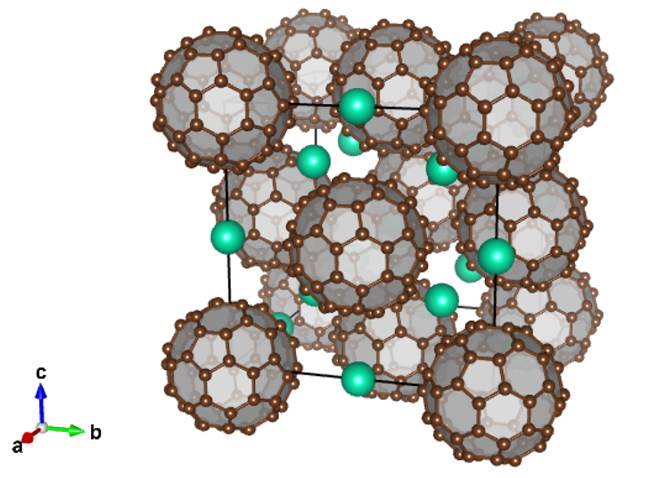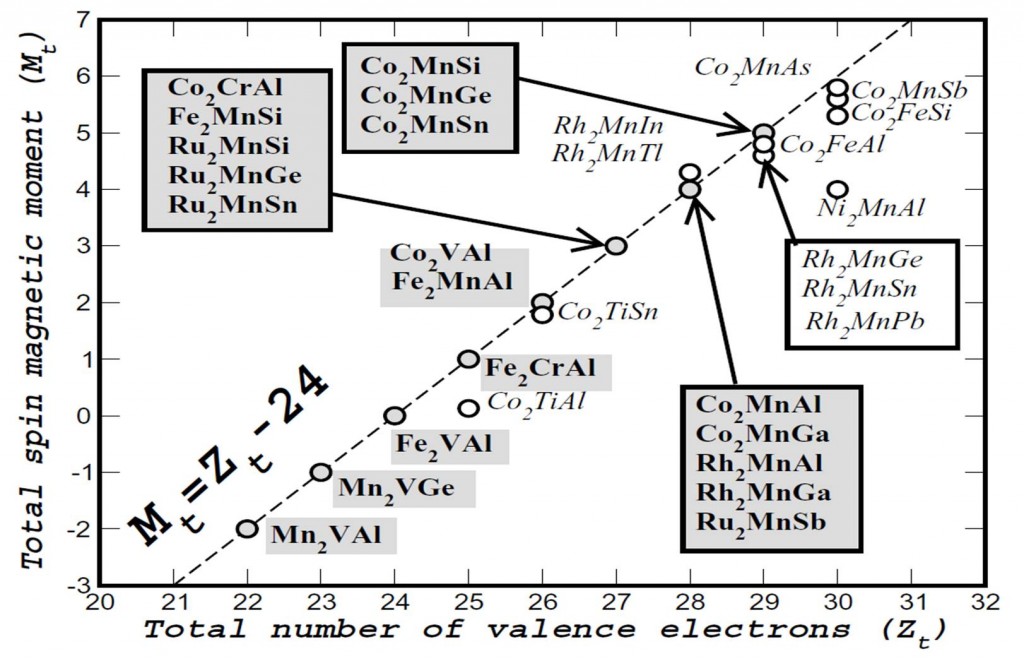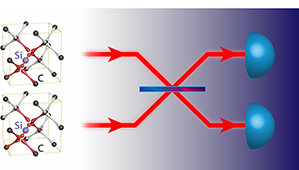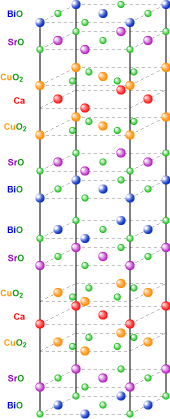Category Archives: Papers
October 2015 Highlight – 2015 Psi-k Conference
We dedicate this issue of the Psi-k Newsletter to the 2015 Psi-k Conference. We provide a brief overview of the conference, some photos of the event, a breakdown of the origins of the conference attendees, and a series of short personal reflections by a few researchers who very kindly took the time to provide their impressions. We also provide a copy of the full scientific program at the end, and include a section about the Volker Heine Young Investigator Award and its associated symposium.
Scientific Highlight of the Month – April 2015
Theory of Heusler and Full-Heusler Compounds
Iosif Galanakis
Department of Materials Science, School of Natural Sciences, University of Patras, GR-26504 Patra, Greece
Abstract
Spintronics/magnetoelectronics brought at the centre of scientific research the Heusler and full-Heusler compounds, since several among them have been shown to be half-metals. In this review we present a study of the basic electronic and magnetic properties of both Heusler families; the so-called semi-Heusler alloys like NiMnSb and the full-Heusler alloys like Co2MnGe (usual full-Heuslers), Mn2CoAl (inverse full-Heuslers) and (CoFe)MnAl (LiMgPdSn-type full-Heuslers). First-principles calculations are employed to discuss the origin of the gap which is fundamental for the understanding of their electronic and magnetic properties. For half-metallic Heusler compounds the total spin magnetic moment Mt scales linearly with the number of the valence electrons Zt in the unit cell. These simple rules connect directly the magnetic to the electronic properties opening the way to engineer new half-metallic alloys with ”à la carte” magnetic properties such as the quaternary half-metals, the so-called half-metallic antiferromagnets, magnetic semiconductors or even the more exotic spin-gapless semiconductors. Finally, special topics like exchange constants, defects, vacancies, surfaces and interfaces are being discussed.
Diamond and silicon get entangled
Two silicon-vacancy centers in diamond can emit photons that are indistinguishable—suggesting they have potential as building blocks for a diamond-based quantum computer. [link]
High Tc with QMC
“The effect of electron correlation on the electronic structure and spin lattice coupling of the high-Tc cuprates: quantum Monte Carlo calculations” by Lucas K. Wagner and Peter Abbamonte [link]
Really interesting that people are doing high Tc cuprates with QMC now.. things have come a long way since Ceperley and Alder..



 Read the full highlight here
Read the full highlight here

